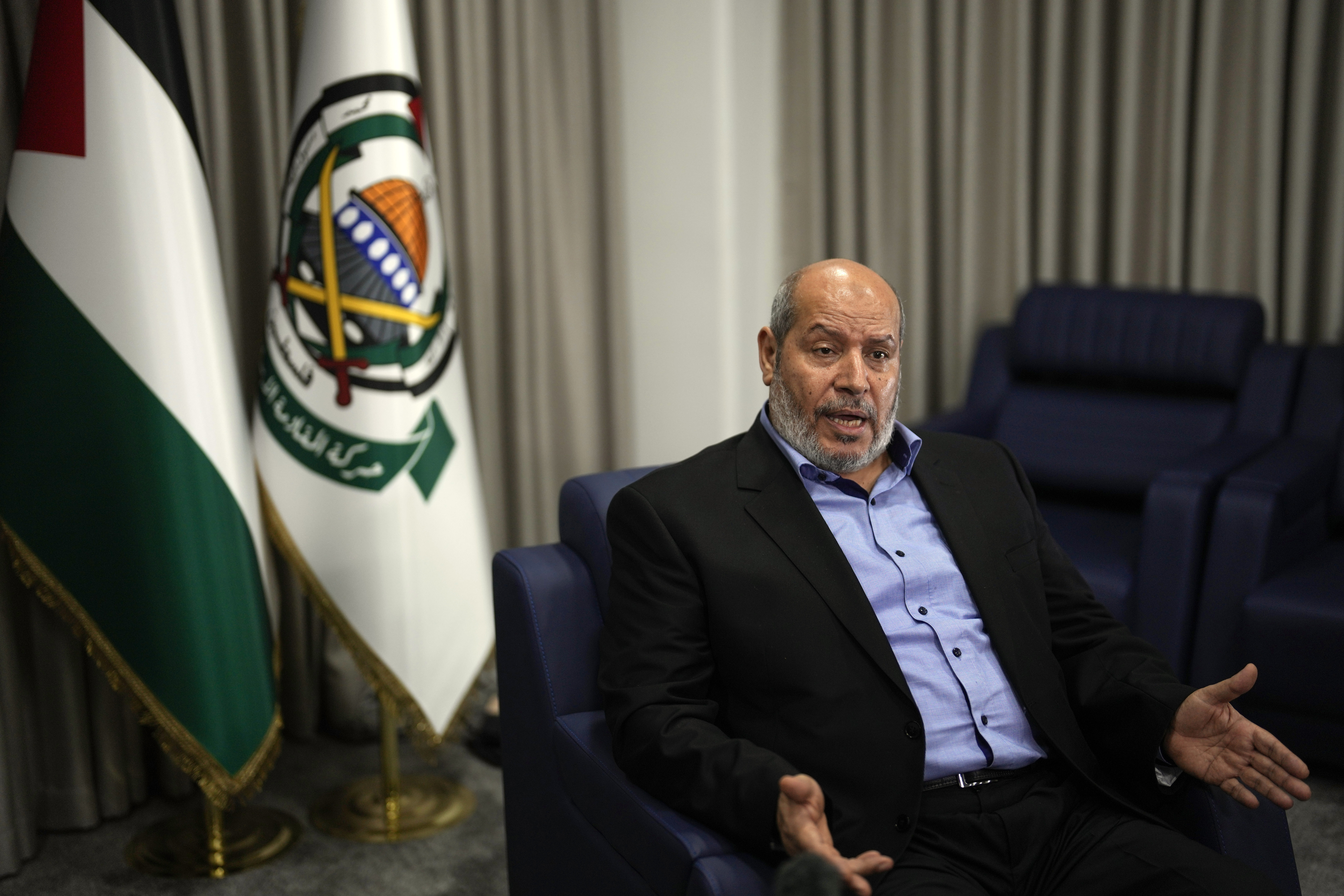
The first electric school buses in the United States began running a decade ago in three school districts in California, providing a ride that was much less noisy, smelly and dirty than the diesel buses kids and parents were used to.
Yet despite the availability of the technology all these years, fewer than one percent of the 489,000 school buses in the U.S. were electric at the end of 2023.
That means nearly all the buses that get many of the nation’s children to school still run on a fuel that sends dangerous contaminants into the air and is carcinogenic.
But that may be changing. The number of electric school buses on the road or on order across the country has more than tripled in the last two years, according to the World Resources Institute’s Electric School Bus Initiative.
Get DFW local news, weather forecasts and entertainment stories to your inbox. Sign up for NBC DFW newsletters.
That's meant ten times as many students riding on electric school buses — from around 20,000 in 2020 to 200,000 3 years later, according to the WRI. The number of states with electric bus legislation or goals also grew, from two to 14 between 2020 and last year.
Still, parents, advocates and organizations come up against a number of challenges in getting electric school bus buy-in elsewhere.
“It’s just a matter of breaking down these barriers,” said Alicia Cox, a mother of two in Jackson, Wyoming. Her state is the only to not have a single district with an electric bus operating or on order.
U.S. & World
Cox's son, a second-grader, often rides a diesel bus to school. As the executive director of Yellowstone-Teton Clean Cities, a nonprofit that focuses on sustainable transportation, she regularly calls on school districts, fleet managers, other nonprofit organizations and a variety of agencies to make the switch — so far, to no avail.
One of the biggest challenges is still the cost, parents, advocates, and districts say. Even with the fuel and maintenance savings of an electric bus, they cost two to three times more than diesel.
The Environmental Protection Agency is finally rolling out $5 billion in funds set aside for zero-emissions buses in the Biden administration’s bipartisan infrastructure law, passed in 2021. Nearly 440 grants and rebates totaling $1.8 billion have already been disbursed to replace thousands of buses across several hundred school districts in the U.S.
Demand for the money has been “heartening,” said Christine Koester, a director for the Clean School Bus Program at the EPA.
In addition to federal money, advocates have successfully pushed to get funds from sources like the Volkswagen emissions settlement allocated to electric buses.
For those districts that are not receiving funding, there are some options to lease electric buses from contracting companies that supply the buses and equipment, and lease them to districts at an affordable price.
STILL OUT OF REACH
Dearborn Public Schools — a metro Detroit district where 70% of families are lower-income — was ready to explore a new technology when it began operating its first electric bus in December 2022, said communications director David Mustonen.
Bought with a $300,000 federal grant, it's been operational only about three of the twelve months since then, due to maintenance and a learning curve with charging. That’s not discouraging Dearborn from moving forward with adding 18 more, but it’s a risk others may be reluctant to take.
Other barriers in the transition to electric are that districts sometimes take a long time to approve electric buses; delivery can be delayed, and sometimes electric buses require beefing up the electrical supply for the chargers.
Wyoming turned down funding from the EPA over worries about how far the buses could go and storing them in cold temperatures.
“Even though diesel is not as clean, it’s getting the job done,” Cox said schools and fleet managers tell her.
Even where districts agree to buy electric school buses, many also continue to buy new diesel buses in parallel. And while the Clean School Bus Program requires recipients to replace their oldest buses first, some districts can't guarantee that, because they don't own their fleets, but contract for them.
Meanwhile, parents, advocates, and organizations said the switch to electric usually happens when there is a “champion” at schools, but that itself can be a hurdle, said Elizabeth Brandt, the mother of two children attending Montgomery County Public Schools in Maryland. Her children rode on the one electric school bus circulating in her area for about a year before its route was changed.
Parents dealing with their kids' asthma are less likely to be able to advocate for change, Brandt said.
“If you’re saving your sick time to help your child see a pulmonologist," Brandt said, "you just can’t necessarily be the one who’s always going to be there on a weekday talking with a lawmaker.”
___
The Associated Press’ climate and environmental coverage receives financial support from multiple private foundations. AP is solely responsible for all content. Find AP’s standards for working with philanthropies, a list of supporters and funded coverage areas at AP.org.



